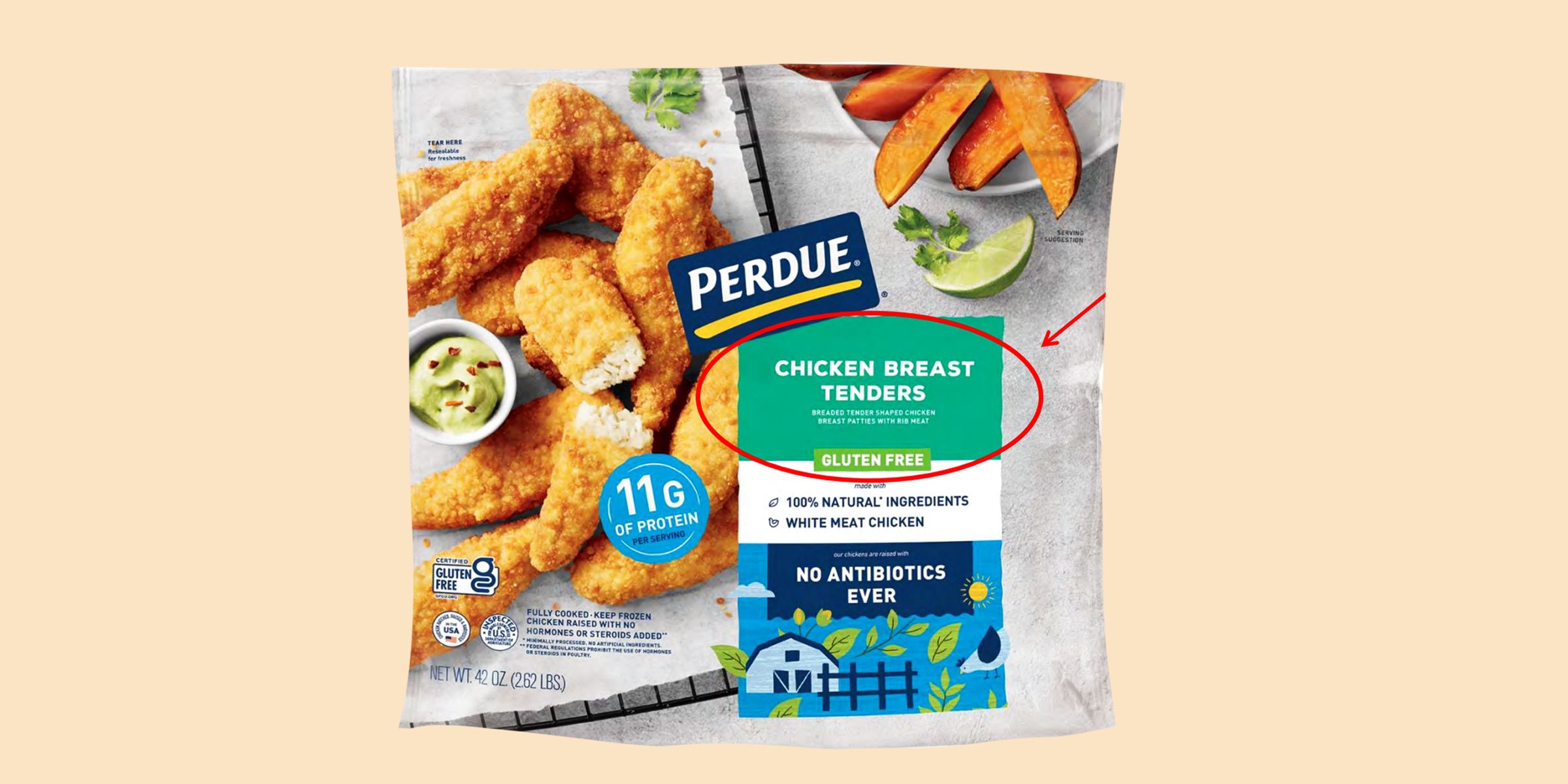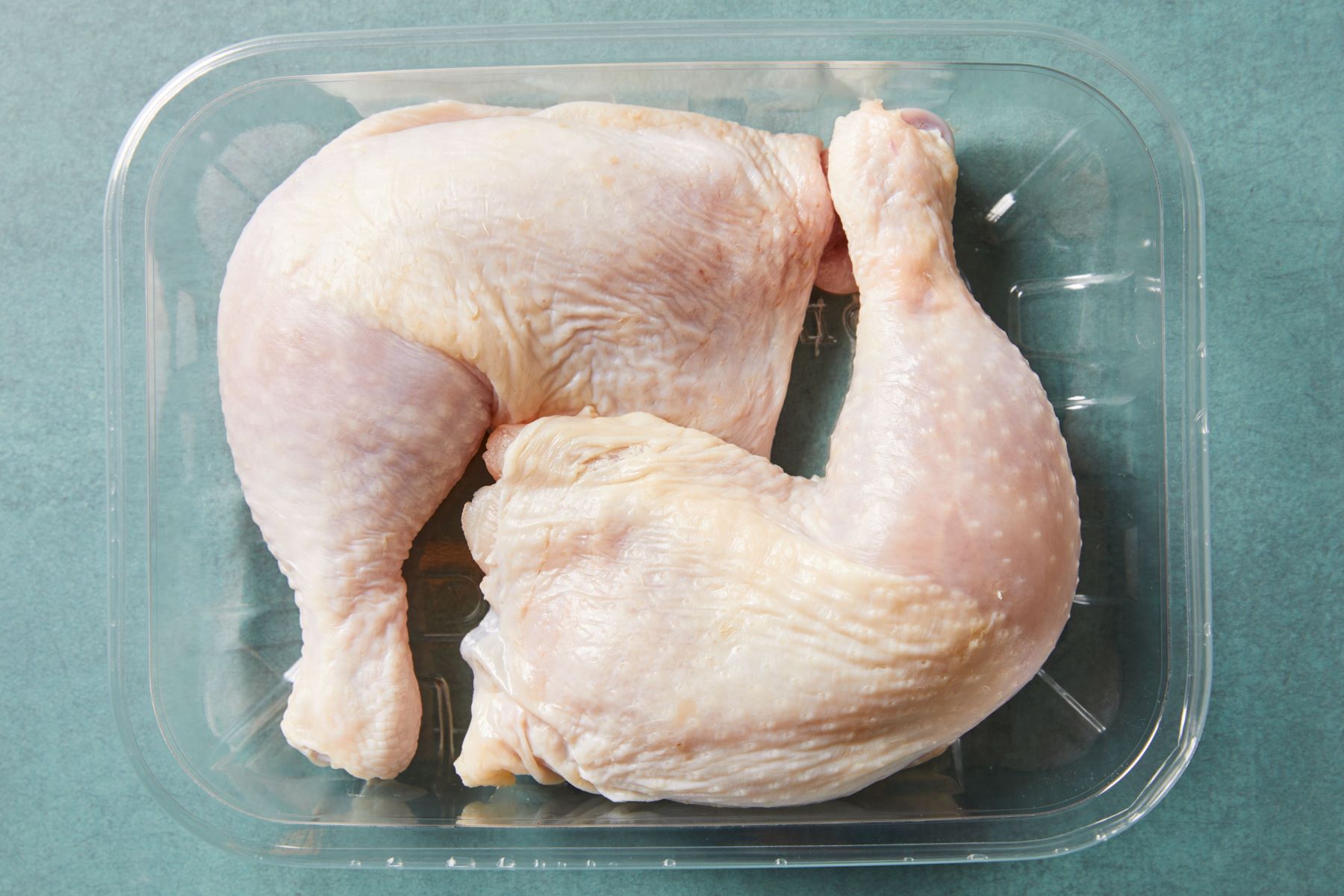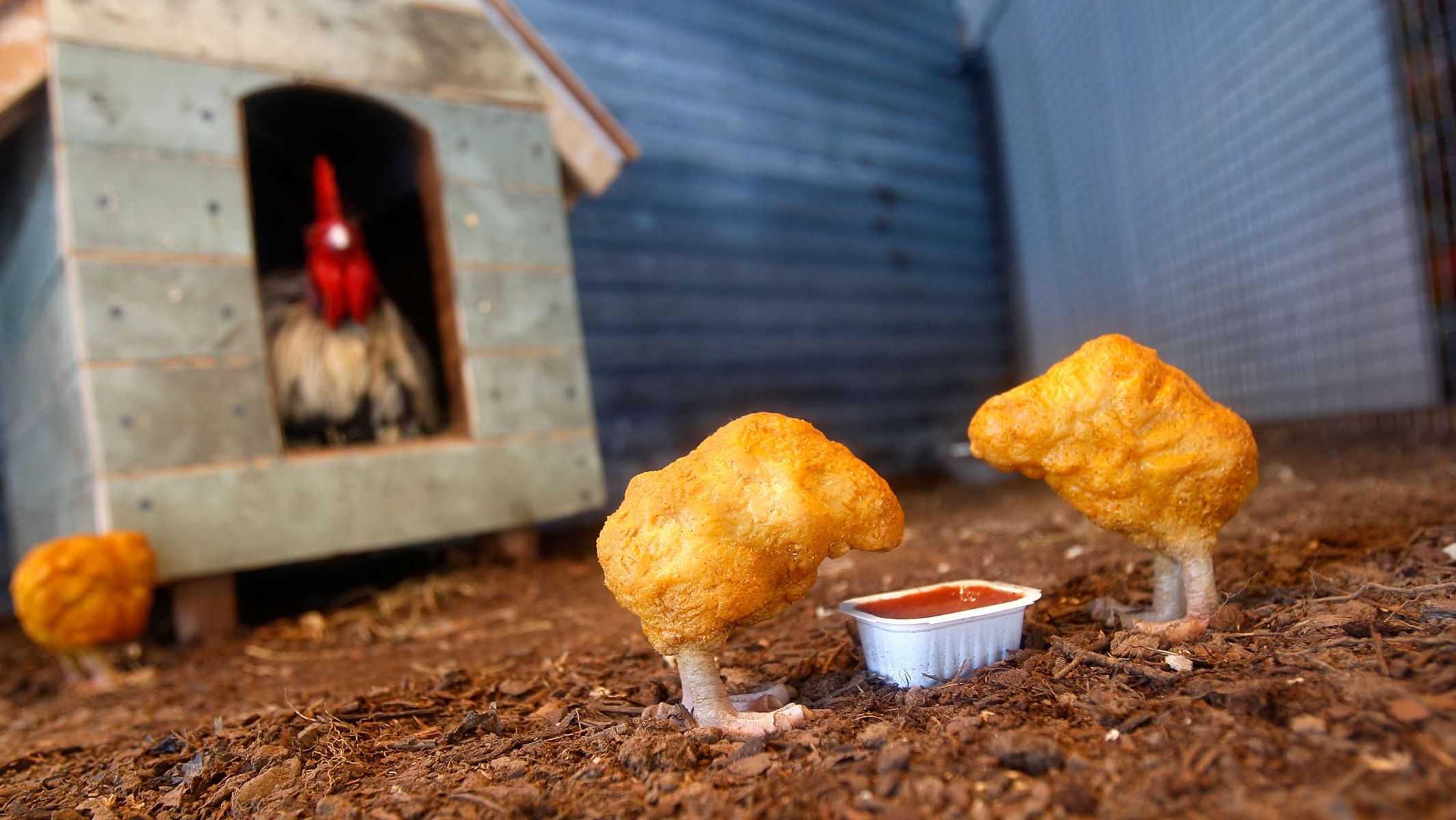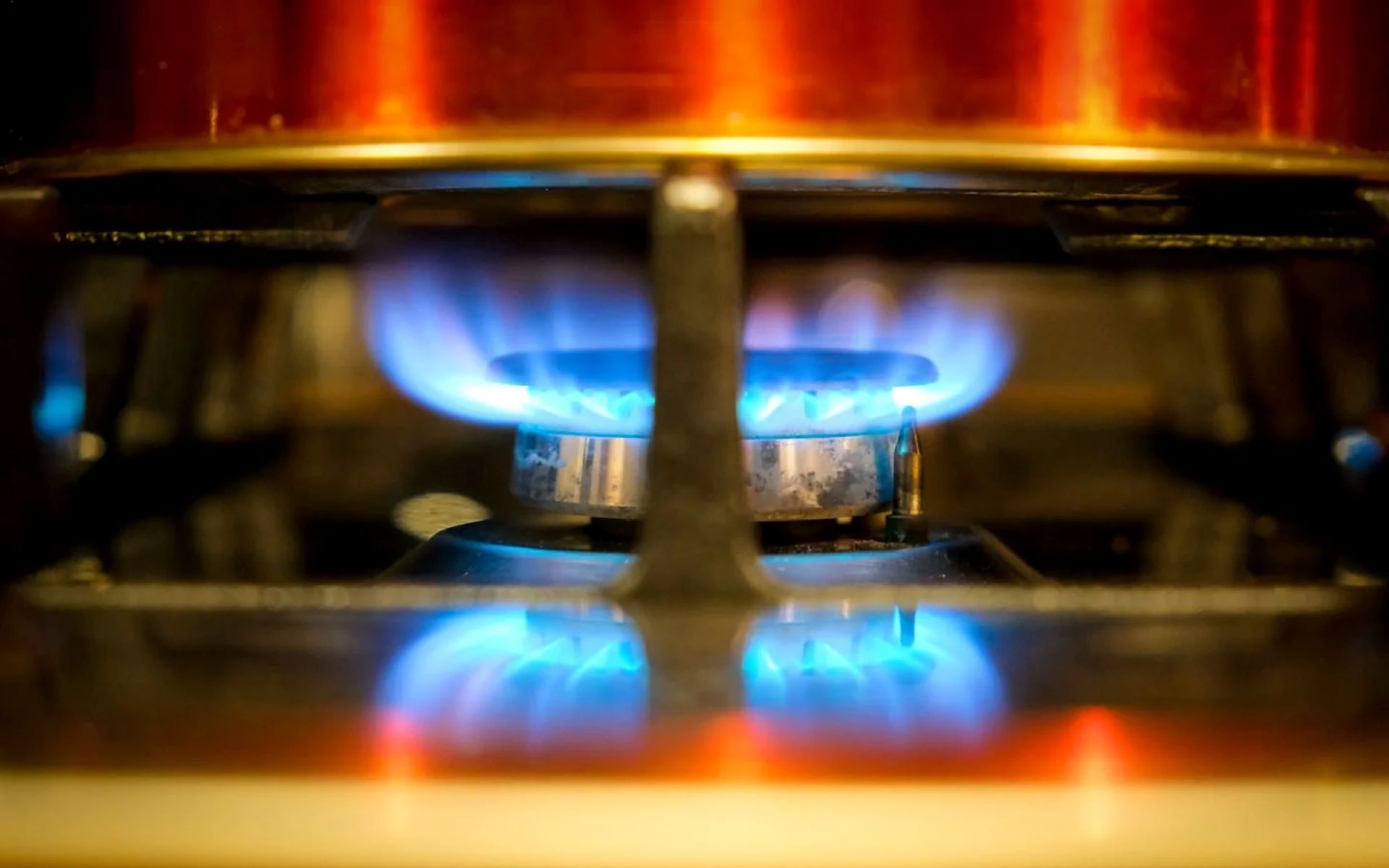Home>Health and Wellness>Assessing The Safety Of Consuming Chicken Left Out Overnight?
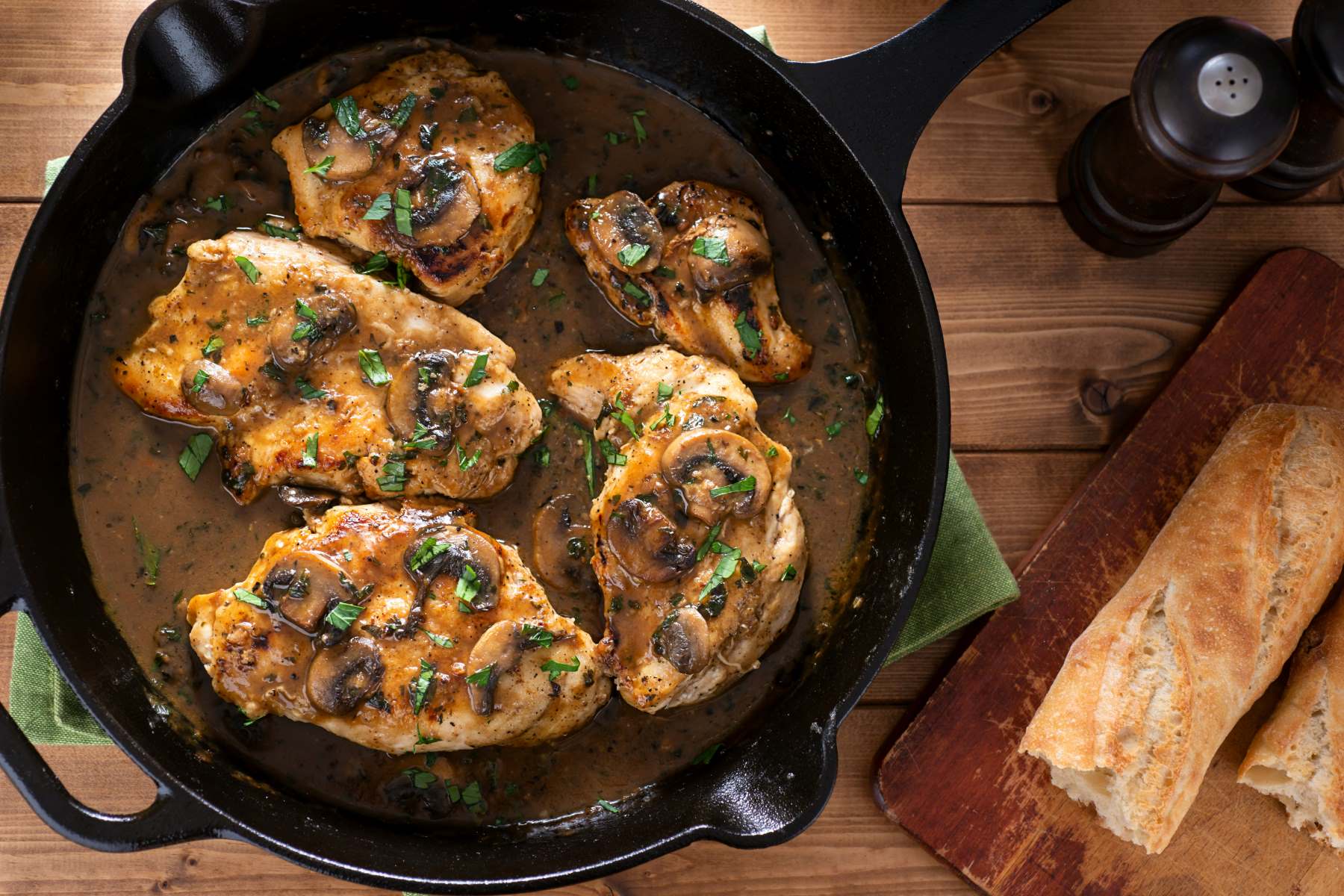

Health and Wellness
Assessing The Safety Of Consuming Chicken Left Out Overnight?
Published: February 19, 2024
Learn about the potential health risks of consuming chicken left out overnight and how it impacts your overall health and wellness. Find tips for safe food handling and storage.
(Many of the links in this article redirect to a specific reviewed product. Your purchase of these products through affiliate links helps to generate commission for Regretless.com, at no extra cost. Learn more)
Table of Contents
Introduction
Leaving chicken out overnight is a common occurrence that can raise concerns about food safety. The potential risks associated with consuming chicken that has been left at room temperature for an extended period can be a cause for worry. However, understanding the factors that influence the safety of chicken left out overnight and the precautions to take can help mitigate these concerns.
When chicken is left out at room temperature, it enters the "danger zone," which is between 40°F (4°C) and 140°F (60°C). In this temperature range, bacteria such as Salmonella and Staphylococcus aureus can multiply rapidly, posing a risk of foodborne illness. Factors such as the initial bacterial load on the chicken, the temperature of the room, and the duration it has been left out can all impact its safety for consumption.
In this article, we will delve into the various factors that affect the safety of chicken left out overnight, the potential risks associated with consuming it, ways to determine if it is safe to eat, and the precautions to take to minimize the risk of foodborne illness. By gaining a deeper understanding of these aspects, individuals can make informed decisions regarding the safety of chicken that has been left out overnight.
Factors affecting the safety of chicken left out overnight
Several factors play a crucial role in determining the safety of chicken that has been left out overnight. Understanding these factors is essential for assessing the potential risks associated with consuming chicken that has been exposed to room temperature for an extended period.
-
Initial Bacterial Load:
The initial bacterial load on the chicken before it was left out is a significant determinant of its safety. If the chicken was not handled and stored properly before being left out, it may already harbor harmful bacteria such as Salmonella or Campylobacter. A higher initial bacterial load increases the risk of bacterial growth during the period it remains at room temperature. -
Room Temperature:
The temperature of the room where the chicken is left out is a critical factor. In warmer environments, bacteria multiply more rapidly. If the room temperature exceeds 40°F (4°C), the chicken enters the danger zone, providing an ideal breeding ground for bacteria. Conversely, if the room is cooler, bacterial growth may be slower, potentially reducing the risk. -
Duration Left Out:
The length of time the chicken has been left out is a key factor in assessing its safety. The longer the chicken remains at room temperature, the greater the opportunity for bacteria to proliferate. Chicken left out for several hours or overnight poses a higher risk compared to chicken left out for a shorter duration. -
Storage Conditions Prior to Being Left Out:
How the chicken was stored before being left out also influences its safety. If the chicken was previously frozen and thawed, it may have already undergone temperature fluctuations that could impact its susceptibility to bacterial growth. Additionally, if the chicken was not refrigerated promptly after purchase, it may have already been exposed to unfavorable conditions, potentially increasing the risk of bacterial contamination.
Considering these factors is crucial when evaluating the safety of chicken left out overnight. By taking into account the initial bacterial load, room temperature, duration left out, and storage conditions prior to being left out, individuals can make more informed decisions regarding the potential risks associated with consuming chicken that has been left at room temperature for an extended period.
Potential risks of consuming chicken left out overnight
Leaving chicken out at room temperature for an extended period poses significant risks that can compromise food safety. When chicken enters the temperature danger zone, which ranges from 40°F (4°C) to 140°F (60°C), the conditions become conducive for the rapid growth of harmful bacteria, including Salmonella, Campylobacter, and Staphylococcus aureus. As a result, consuming chicken that has been left out overnight can lead to various potential risks, including:
-
Foodborne Illness: The primary risk associated with consuming chicken left out overnight is the potential for foodborne illness. Bacteria multiply rapidly in the temperature danger zone, and if the chicken is contaminated, consuming it can lead to food poisoning. Symptoms of foodborne illness may include nausea, vomiting, diarrhea, abdominal cramps, and fever. In severe cases, foodborne pathogens can cause more serious health complications, particularly for vulnerable populations such as young children, the elderly, and individuals with weakened immune systems.
-
Bacterial Contamination: Chicken left out overnight is susceptible to bacterial contamination, especially if it was not handled and stored properly before being left at room temperature. The initial bacterial load on the chicken, combined with the conducive temperature, creates an environment where bacteria can thrive. Consuming chicken that has been contaminated with pathogenic bacteria can result in gastrointestinal distress and other health issues.
-
Toxin Production: In addition to bacterial contamination, certain bacteria, such as Staphylococcus aureus, have the potential to produce toxins that can cause food poisoning. When chicken is left out at room temperature, any existing Staphylococcus aureus bacteria can multiply and produce toxins that are resistant to heat. If consumed, these toxins can lead to rapid-onset food poisoning, characterized by symptoms such as nausea, vomiting, and stomach cramps.
-
Cross-Contamination: Chicken left out overnight can also pose a risk of cross-contamination in the kitchen. If the chicken comes into contact with other food items or surfaces, it can transfer harmful bacteria, potentially leading to the contamination of other foods and increasing the risk of foodborne illness across a wider range of food items.
-
Compromised Nutritional Quality: Beyond the immediate health risks, chicken left out overnight may also experience a decline in nutritional quality. Exposure to room temperature for an extended period can lead to the degradation of nutrients and changes in texture and flavor, impacting the overall quality of the chicken.
Understanding these potential risks is essential for making informed decisions about the safety of consuming chicken that has been left out overnight. By being aware of the risks associated with bacterial contamination, toxin production, cross-contamination, and compromised nutritional quality, individuals can take appropriate precautions to minimize the likelihood of foodborne illness and prioritize food safety in their homes.
Ways to determine if chicken left out overnight is safe to eat
Determining the safety of chicken that has been left out overnight is a critical step in safeguarding against potential foodborne illness. Several methods can be employed to assess whether the chicken is safe for consumption after being exposed to room temperature for an extended period. These approaches aim to evaluate the condition of the chicken and minimize the risk of bacterial contamination. Here are some effective ways to determine if chicken left out overnight is safe to eat:
-
Visual Inspection: Start by visually examining the chicken. Look for any noticeable changes in color, texture, or odor. If the chicken appears discolored, has an unusual texture, or emits a foul odor, it may indicate spoilage or bacterial contamination. In such cases, it is best to discard the chicken to avoid potential health risks.
-
Check the Temperature: Use a food thermometer to measure the internal temperature of the chicken. The safe internal temperature for cooked chicken is 165°F (74°C). If the chicken has been left out overnight and its internal temperature is below this threshold, it may not be safe to consume. Bacterial growth increases at temperatures within the danger zone, so ensuring that the chicken has maintained a safe temperature is crucial.
-
Assess Duration and Room Temperature: Consider the duration for which the chicken has been left out and the room temperature during this period. If the chicken has been at room temperature for more than two hours, especially in a warm environment, the risk of bacterial growth and contamination significantly increases. Longer exposure to room temperature elevates the likelihood of spoilage and bacterial proliferation.
-
Evaluate Storage Conditions: Reflect on the storage conditions of the chicken before it was left out overnight. If the chicken was previously frozen and thawed, it may have already undergone temperature fluctuations that can impact its safety. Additionally, if the chicken was not refrigerated promptly after purchase, it may have been exposed to conditions conducive to bacterial growth, heightening the risk of contamination.
-
Consider the Smell and Texture: Pay attention to the smell and texture of the chicken. Fresh chicken typically has a neutral or slightly sweet odor. If the chicken smells sour, putrid, or rancid, it may indicate spoilage. Similarly, if the texture feels slimy or sticky, it could be a sign of bacterial contamination, suggesting that the chicken is no longer safe to consume.
By employing these methods to assess the condition of chicken left out overnight, individuals can make informed decisions regarding its safety for consumption. Prioritizing food safety through visual inspection, temperature checks, consideration of duration and room temperature, evaluation of storage conditions, and sensory assessment can help mitigate the risks associated with consuming chicken that has been exposed to room temperature for an extended period.
Precautions to take when consuming chicken left out overnight
When considering the safety of consuming chicken that has been left out overnight, it is crucial to prioritize food safety and take appropriate precautions to minimize the risk of foodborne illness. By implementing specific measures when dealing with chicken that has been exposed to room temperature for an extended period, individuals can safeguard against potential bacterial contamination and ensure the safety of the chicken before consumption.
Here are essential precautions to take when consuming chicken left out overnight:
-
Prompt Refrigeration: If the decision is made to consume chicken that has been left out overnight, it is imperative to refrigerate it promptly. This helps slow down bacterial growth and reduces the risk of contamination. Transfer the chicken to the refrigerator as soon as possible to maintain a safe temperature and minimize the opportunity for harmful bacteria to proliferate.
-
Thorough Cooking: When preparing chicken that has been left out overnight, ensure it is cooked thoroughly to kill any potential bacteria. Cooking chicken to the recommended internal temperature of 165°F (74°C) effectively eliminates harmful pathogens, making the chicken safe for consumption. Use a food thermometer to verify that the chicken reaches the appropriate temperature throughout.
-
Visual Examination: Before cooking or consuming the chicken, conduct a visual inspection to identify any signs of spoilage or contamination. Look for changes in color, texture, or odor that may indicate bacterial growth. If the chicken exhibits any unusual characteristics, such as discoloration, an off-putting odor, or a slimy texture, it is best to discard it to avoid the risk of foodborne illness.
-
Sensory Assessment: Pay attention to the smell and texture of the cooked chicken. Freshly cooked chicken should have a pleasant aroma and a firm, non-slimy texture. If the chicken emits an abnormal or foul odor, or if the texture feels slimy or sticky, it may indicate bacterial contamination, and the chicken should not be consumed.
-
Limited Consumption: Exercise caution when consuming chicken that has been left out overnight. Consider limiting the consumption of such chicken, especially if there are uncertainties regarding its safety. Individuals with compromised immune systems, young children, and the elderly should be particularly cautious and may opt to avoid consuming chicken that has been exposed to room temperature for an extended period.
By adhering to these precautions, individuals can mitigate the potential risks associated with consuming chicken that has been left out overnight. Prioritizing prompt refrigeration, thorough cooking, visual examination, sensory assessment, and exercising caution in consumption can contribute to enhancing food safety and minimizing the likelihood of foodborne illness.
These precautions serve as proactive measures to ensure that chicken left out overnight is handled and consumed in a manner that prioritizes safety and minimizes the risk of bacterial contamination. By incorporating these precautions into food handling practices, individuals can make informed decisions regarding the safety of chicken that has been exposed to room temperature for an extended period.
Conclusion
In conclusion, the safety of consuming chicken that has been left out overnight hinges on a multitude of factors, including the initial bacterial load, room temperature, duration left out, and storage conditions prior to being left out. These factors collectively influence the potential risks of bacterial contamination and foodborne illness associated with consuming chicken that has been exposed to room temperature for an extended period.
It is essential for individuals to exercise caution and prioritize food safety when evaluating the suitability of chicken left out overnight for consumption. Visual inspection, temperature checks, consideration of duration and room temperature, evaluation of storage conditions, and sensory assessment are valuable methods for determining the safety of chicken that has been exposed to room temperature.
Furthermore, taking precautions such as prompt refrigeration, thorough cooking, visual examination, sensory assessment, and exercising caution in consumption are vital steps in minimizing the risk of bacterial contamination and foodborne illness when dealing with chicken that has been left out overnight. These measures contribute to enhancing food safety and mitigating the potential health risks associated with consuming chicken that has been exposed to room temperature for an extended period.
Ultimately, individuals should prioritize proactive food handling practices and make informed decisions regarding the safety of chicken left out overnight. By being mindful of the potential risks, employing effective assessment methods, and implementing appropriate precautions, individuals can navigate the complexities of food safety and minimize the likelihood of foodborne illness associated with consuming chicken that has been left at room temperature for an extended period.
In essence, understanding the factors that influence the safety of chicken left out overnight, recognizing the potential risks of bacterial contamination, and adopting proactive measures to safeguard against foodborne illness are essential components of ensuring food safety in the home. By integrating these considerations into food handling practices, individuals can make informed choices regarding the safety of consuming chicken that has been exposed to room temperature for an extended period, thereby prioritizing the well-being of themselves and their families.

